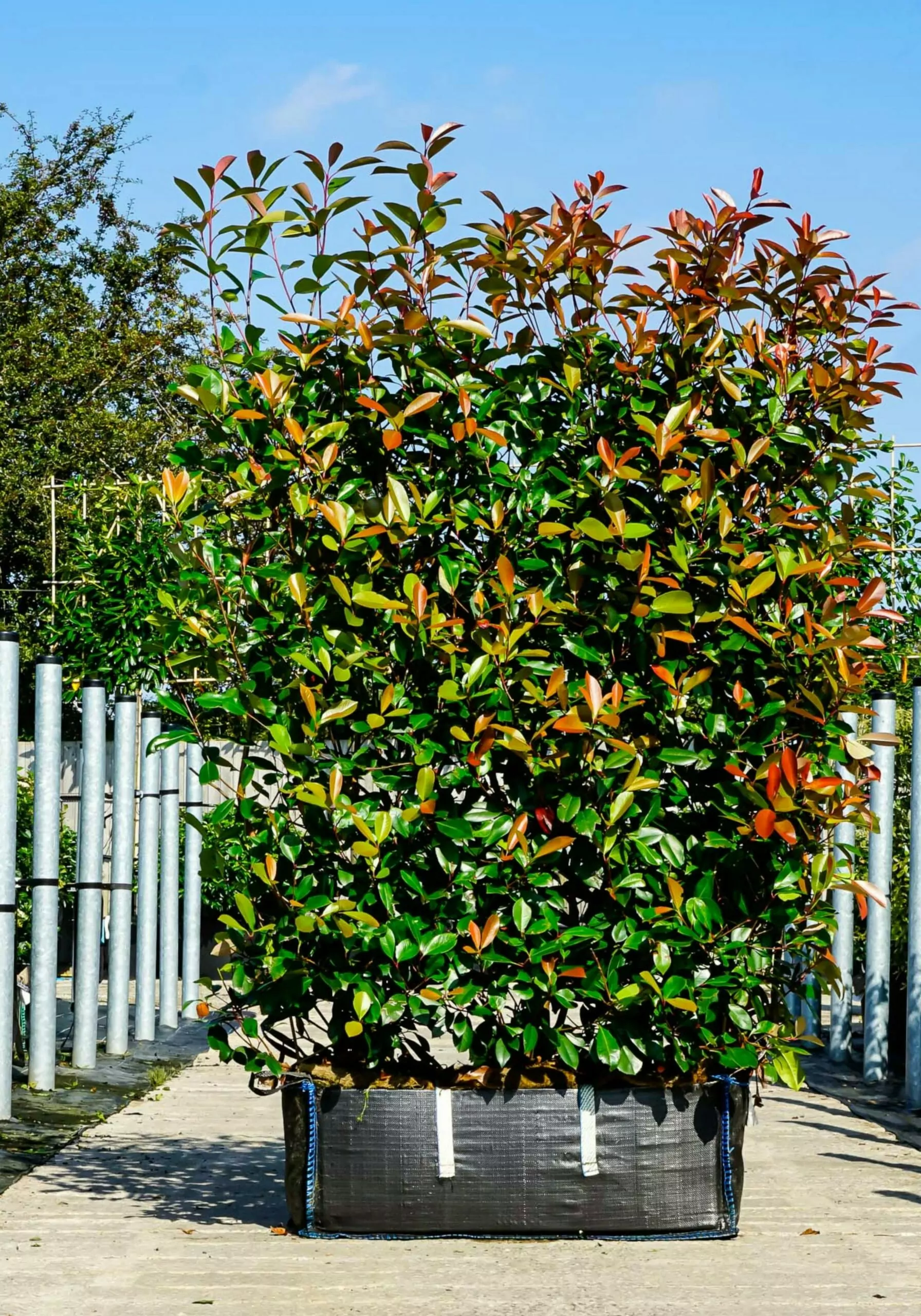The art of creating garden dynamics with ornamental plants
Creating a visually captivating garden requires careful consideration of various elements, one of which is the use of dynamic plants. The utilization of ornamental plants, or ornamental plants, can significantly enhance the overall appeal of any garden space. This article explores the art of incorporating dynamism into your garden using ornamental plants and hedges.
Understanding the importance of garden dynamics
A well-designed garden is not static; it evolves over time, showcasing a dynamic interplay of colors, textures, and shapes. The inclusion of ornamental plants plays a crucial role in achieving this desired dynamism. These plants possess unique qualities that contribute to the overall aesthetics of the garden.
Photinia red robin – vibrant foliage for year-round appeal
Photinia Red Robin is a popular choice for adding dynamism to garden spaces. With its vibrant red leaves, it stands out and adds contrast to the surrounding greenery. This evergreen shrub maintains its colorful foliage throughout the year, making it an excellent choice for year-round appeal.
Creating contrast and texture with lavatera maritima
Lavatera maritima, commonly known as the Tree Mallow, is another sierplant that can enhance the dynamics of your garden. This plant features large, silver-gray leaves and produces beautiful pink or white flowers during the summer months. The contrasting foliage and delicate blooms add texture and interest to any garden setting.
Combining photinia red robin and lavatera maritima for a striking display
To create a visually appealing garden with dynamic elements, consider combining Photinia Red Robin and Lavatera maritima. The vibrant red foliage of the Photinia Red Robin complements the silver-gray leaves of Lavatera maritima, resulting in a striking contrast. Additionally, both plants have different growth habits, adding further visual interest to the garden.
Utilizing different heights and shapes
To maximize the dynamic impact of ornamental plants, it is essential to consider their heights and shapes. Incorporating tall plants like Photinia Red Robin at the back of a flower bed or along a fence line adds vertical interest. Meanwhile, Lavatera maritima can be used to fill in gaps and create a layered effect, as its bushy growth habit lends itself well to border planting. Also, the taxus baccata can be a great addition to this combination, offering both the option for height and different shapes.
Maintaining a balanced color palette
While incorporating dynamic plants, it is crucial to maintain a balanced color palette to avoid overwhelming the garden space. The vibrant red foliage of Photinia Red Robin can be complemented by using Lavatera maritima’s softer pink or white flowers. Additionally, consider incorporating other plants with complementary colors to create a well-rounded and harmonious garden design.
Regular pruning and maintenance for optimal growth
To ensure the longevity and health of ornamental plants, regular pruning and maintenance are necessary. Photinia Red Robin responds well to pruning, allowing for shaping and maintaining desired heights. Lavatera maritima should be pruned after blooming to encourage new growth and prevent legginess. By implementing proper care techniques, these plants will continue to contribute to the dynamic beauty of your garden.
